While everyone flocks to Paris, Rome, and Barcelona, locals across Europe quietly enjoy some of the continent’s most breathtaking villages. These hidden gems remain largely untouched by mass tourism, offering authentic experiences and stunning beauty without the crowds.
Picture tiny settlements carved into cliffs, medieval towns frozen in time, and fairytale villages accessible only by boat. This year’s selection includes 18 places across Europe, from Spain to Georgia, and focuses on spots far from the crowds that few tourists will ever have visited.
Setenil de las Bodegas, Spain
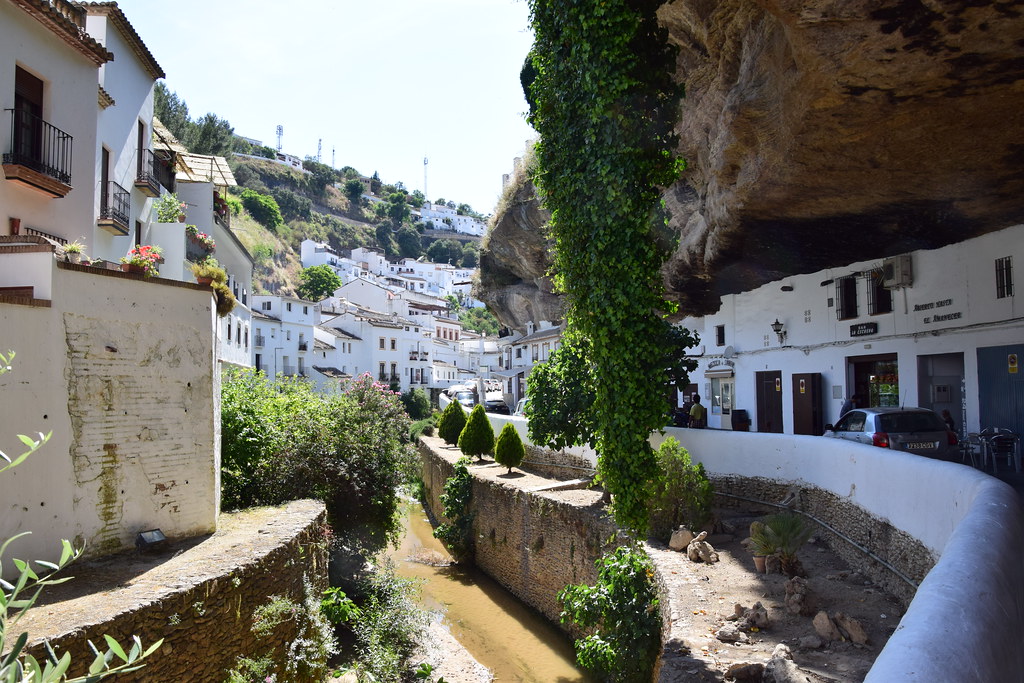
Setenil de las Bodegas is a pueblo (town) and municipality in the province of Cádiz, Spain, famous for its dwellings built into a rock that hangs above the Río Guadalporcún river. The town is built along the narrow gorge of the Trejo River, with many of its whitewashed houses and buildings embedded into the cliffs. The town’s narrow, winding streets are lined with whitewashed houses, some of which are built into the rock itself.
The most famous streets, such as Calle Cuevas de la Sombra and Calle Cuevas del Sol, are covered by massive rock overhangs, creating a surreal and enchanting atmosphere. One sign said archeological artifacts found in Setenil de las Bodegas prove people have inhabited these caves for the past 25,000 years. Today, these natural shelters have been transformed into restaurants and homes where you can literally dine inside a cave.
According to the 2005 census, the town has a population of 3,016 inhabitants. There are enough businesses here to signal this town must get busy with tourists during high season, but today Andi and I had the streets to ourselves. It was peaceful and idyllic.
Giethoorn, Netherlands
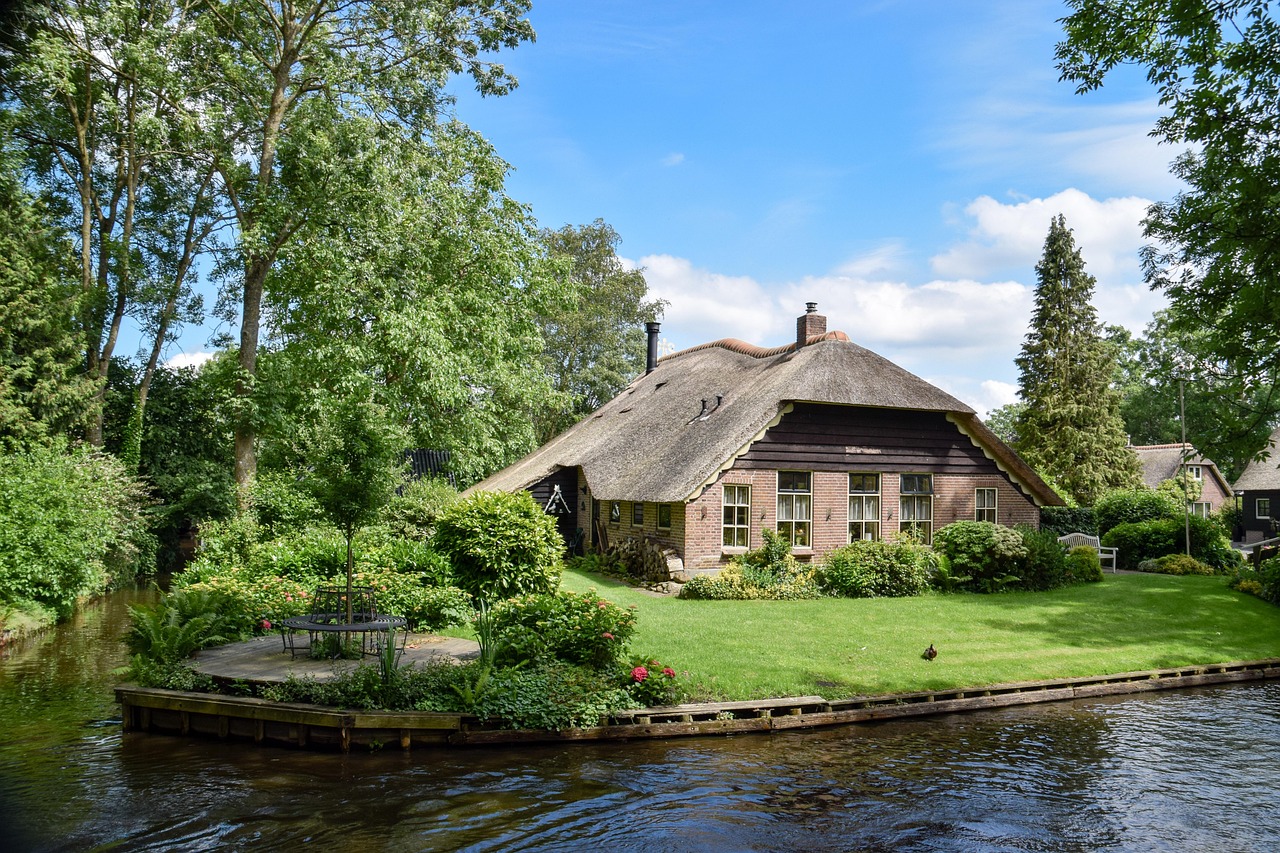
Giethoorn (Dutch pronunciation: [ˈɣitɦoːr(ə)n]) is a village in the province of Overijssel, Netherlands, with a population of approximately 2,700. As a popular Dutch tourist destination both within the Netherlands and abroad, Giethoorn is often referred to as “Dutch Venice” (Dutch: Hollands Venetië) or the “Venice of the Netherlands”.
In the old part of the village, there were no roads (though a cycling path was eventually added), and all transport was undertaken by water over one of the many canals. As mentioned, the Dutch village owes its nickname “Dutch Venice” to the many canals and approximately 180 bridges the village has. The thatched roof cottages date back to the 18th and 19th centuries, creating a living museum where families still call these waterside homes their own.
Yearly between 250,000 and 350,000 tourists from all over the world visit Giethoorn. Despite this popularity, here in the Netherlands’ water village of Giethoorn, the loudest sound you can usually hear is the quacking of a duck or the noise made by other birds.
Villajoyosa, Spain
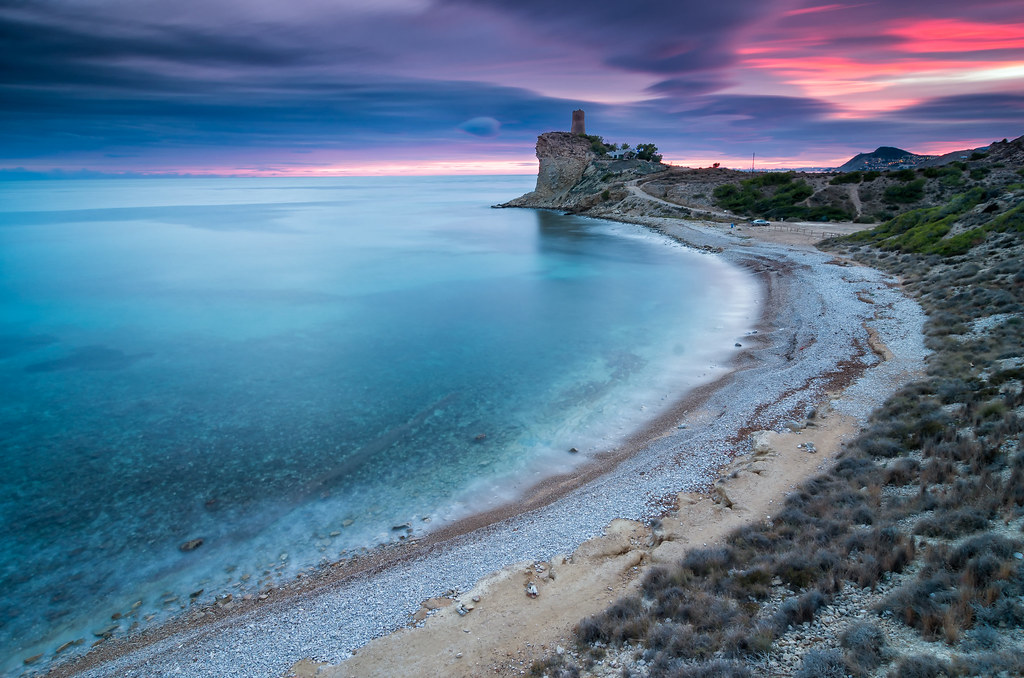
Villajoyosa translates from Spanish into ‘happy town’, which seems appropriate given that it has so much to offer. Situated south of Valencia and north of Murcia, it may be fewer than 20 minutes by car from famously cheap and cheerful Benidorm, but it is worlds apart from the tourist hotspot.
Villajoyosa boasts colourful houses, golden beaches and world-class food. Being on the coast, fresh fish and seafood are particular favourites, but chocolate is the real delicacy. This charming coastal town maintains its authentic Spanish character while offering visitors pristine beaches and traditional architecture without the overwhelming crowds of its famous neighbor.
Bokodi Floating Village, Hungary

If that’s out of reach, Bokodi Floating Village could be the place for you. Located on Lake Bokod, just a few kilometres from the city of Oroszlany, it’s a one-hour journey by car from Budapest – but is like a different world entirely. Known for its fabulous sunsets, it’s the perfect place for a tranquil escape.
This artificial lake was created in 1961 by the Oroszlány Thermal Power Company and the water was kept warm all year round until the power plant shut off the supply in 2015. It remains a popular fishing destination and offers a truly unique experience. The wooden houses surrounding the lake are mostly private properties, but some welcome visitors and allow them to access roof terraces to take in this surreal spot.
Perast, Montenegro
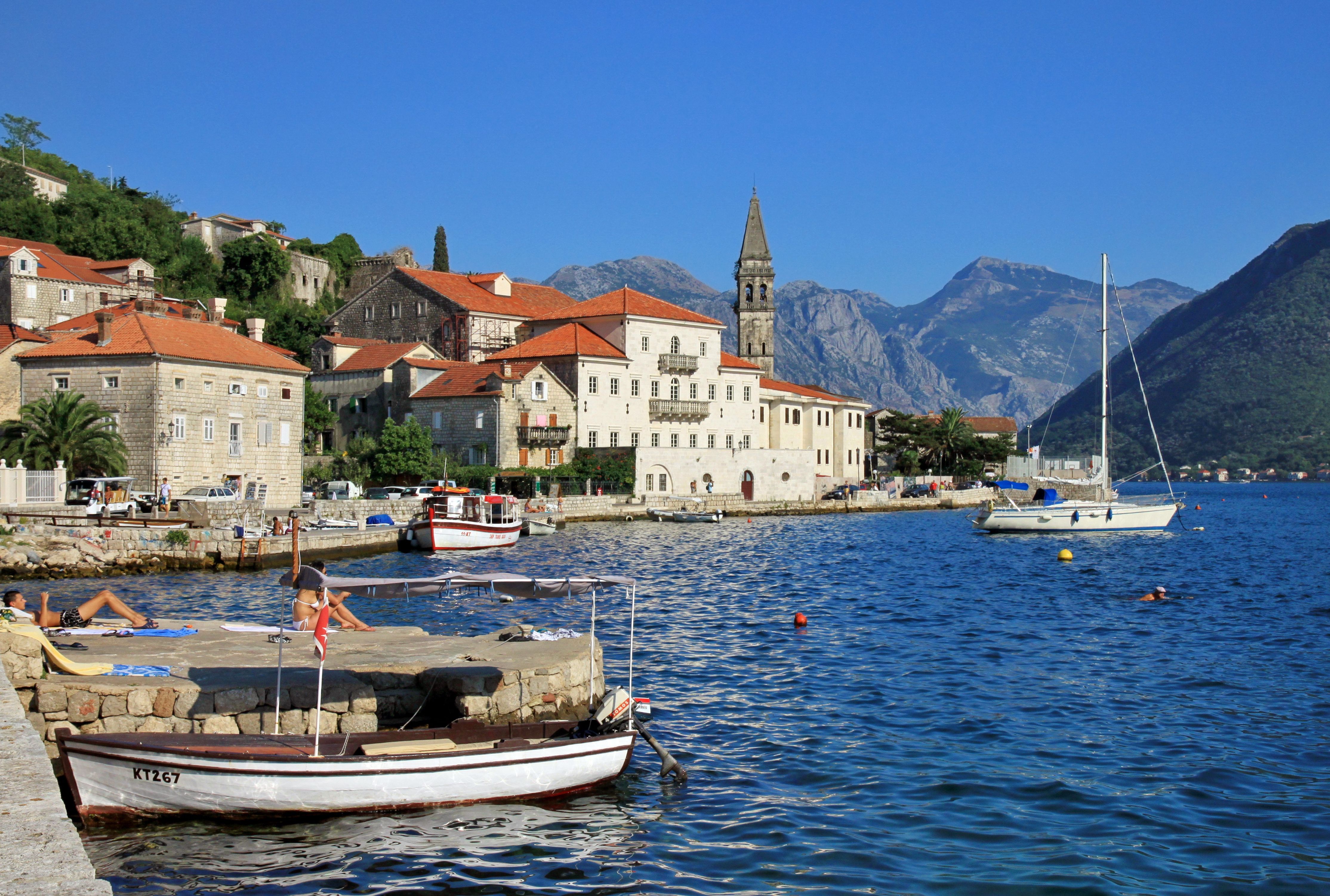
Perast feels like a Mediterranean postcard that somehow stayed off the radar. Just 12 kilometers from Kotor, this little village is packed with Baroque churches, old palaces, and calm waterfront paths with barely any crowds. It only has one main street, so you can explore it all on foot.
The highlight is a short boat ride to Our Lady of the Rocks, a manmade island with a small museum and a legendary chapel. Back on land, climb the bell tower of St. Nikola for panoramic views of the bay and nearby mountains. Perast doesn’t have the tourist buzz of Kotor or Budva, which is exactly why it feels special.
Siurana, Spain
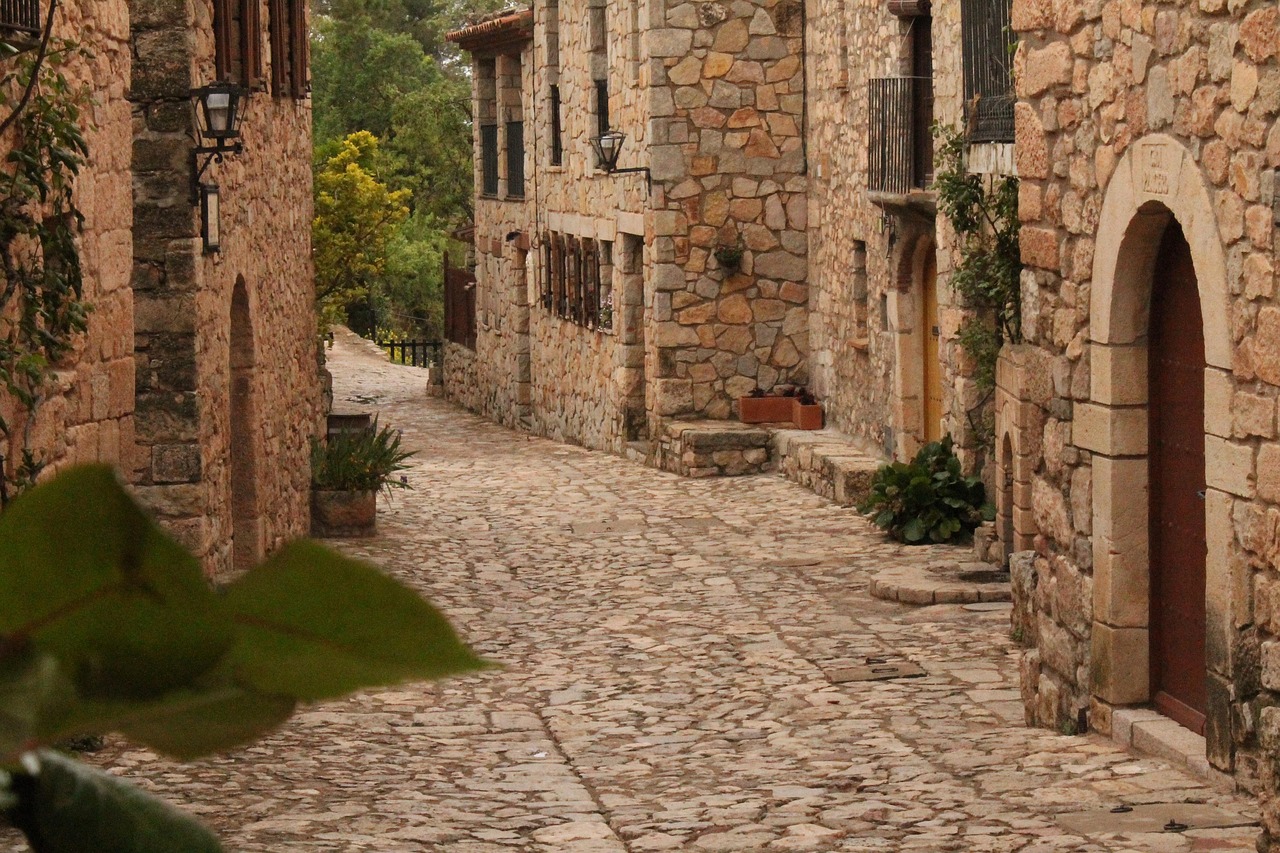
Siurana is one of the prettiest villages in Catalonia, and while it can get busy in peak tourist season (I heard coach tours visit) if you visit on a weekday (like I did) you might have the place to yourself. This medieval village perches dramatically on a cliff edge, offering spectacular views over the Prades Mountains and surrounding valleys.
The village is steeped in Moorish history and legend, with narrow cobblestone streets winding past ancient stone houses. Rock climbers consider Siurana a world-class destination, but its beauty extends far beyond the climbing routes. The village’s isolation has preserved its authentic Catalan character, making it feel like stepping back centuries in time.
Corippo, Switzerland
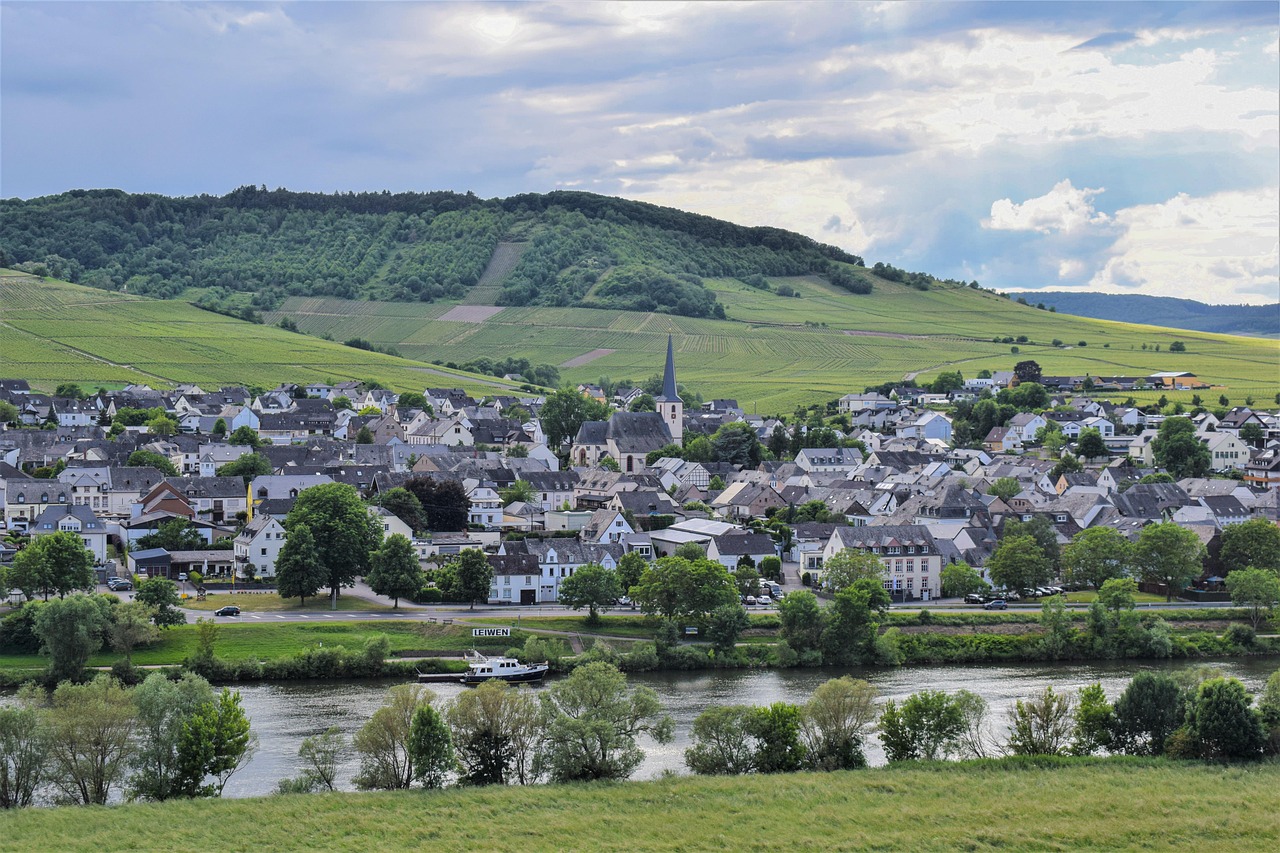
However, the small population is not the only thing that makes Corippo worth a visit. This little hamlet is incredibly scenic and lacks tourist infrastructure, which means that only a small fraction of tourists make it here. Perched on top of the hill, Corippo has a lot of character, rustic charm, and history and despite being such a tiny town that you can explore in less than one hour, it’s worth renting a car to make your way up here.
Corippo is located in the Italian-speaking canton of Ticino and is worth a stop on your itinerary if you are looking for a place off the beaten track. The village was formerly Switzerland’s smallest municipality by population until it merged with Verzasca in 2022, with stone houses clinging to the mountainside and terraced vineyards cascading down the slopes.
These seven villages prove that Europe’s greatest treasures often lie in the places least explored. Each offers something different, from cave dwellings to floating houses, from medieval streets to waterway networks. What makes them truly special isn’t just their beauty, but their authenticity and the warm welcome you’ll receive from locals who still take pride in their unique corners of the world.
